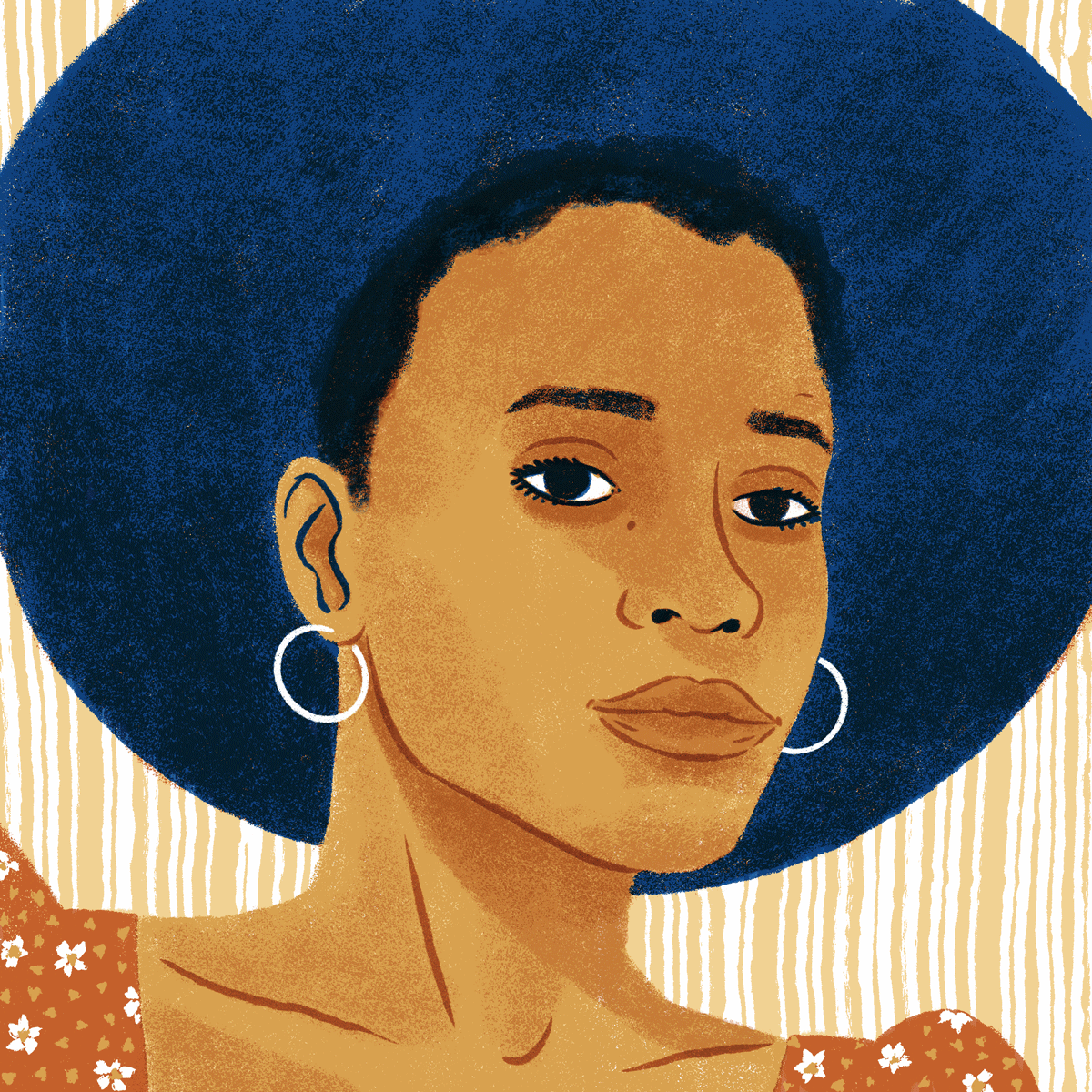Not in this Life
Death, Secession, and Belonging in Southern Sacred Music
By Adia Victoria

Illustration by Three Ring Studio
The South, to the uninitiated eye, is a land where time appears to be at a standstill. Its commitment to conservative politics, Confederate monuments, and small-town values occasions the rise of self-righteousness from the rest of the nation. But those who were born and raised on this land understand that the South is not a void of progress. It is, more so, a land of separations and divine transitions. And nowhere else is the constant desire to secede as pronounced as in our sacred music.
Growing up in the Seventh-day Adventist Church in Spartanburg, South Carolina, I was reminded of my separateness on a weekly basis. Following the Jewish Sabbath, our family would turn off all technology, lights included, every Friday before sunset and watch the light dim from the sky beyond the Blue Ridge Mountains. With the secular cleared from our grandmother’s home, God took his rightful place—everywhere.
We brought in the Sabbath with hymns and songs passed down through our bloodline. These songs concerned the obedient pilgrim, the faithful Christian soldier facing down the devil. The hymns filling our lungs were concerned, most importantly, with the transcendence from this world to the next. We understood our world as a waiting room, an unremarkable stopover on the way to eternity.
But for all of my grandmother’s insistence that we were divinely not of this earth, the very act of celebrating the providence of our separateness located us neatly on the trajectory of Southerners, holy and otherwise, whose art was a reflection of the understanding that life in the South is rough, often without grace, and, for many, hopelessly unmoored. From the rambling bluesman dead set on becoming a Baptist preacher so “he don’t have to work no more” to the choir calling out and reaffirming “I’m going home,” Southern sacred music is born of the need to belong. Its lyrics reflect the hard truth that home has not been realized on this land, not with these people and not in this life.
Death is almost summoned throughout the verses; it is seen as a most-welcomed conclusion to a life that has been filled with toil, unrest, and uncertainty. This acquiescence into the arms of death keeps Southern folk apart from the pathological optimism dominating American culture. Perhaps we toiled too hard for nothing in these fields; perhaps our belief in something better was worn out against the reality of unyielding racism, corporate greed, and unscrupulous politicians. Perhaps our eyes were watching God because everything else around us made for a snapshot too painful, too exhausting to rest our gaze upon.
As a child, I had to be pulled into the kind of separating that the Sabbath required. As a woman whose understanding and relationship with the South continues to open and deepen, I understand how this transition from the secular to the sacred provides an opportunity for understanding. The transitions embodied in Southern sacred music are not evidence of backwardness or lack of progress—they are the testimony of folk who understood that seceding from this world was a radical act of self-preservation. It allowed space for the kind of clarity peace requires. Southern secular music is at its heart a longing for the ceasefire of strife and conflict. In a world of nonstop rigamarole, it is the desire to lay down one’s burden down by the riverside. Southern sacred music, much like the Sabbath, is an invitation to rest away from this world.


